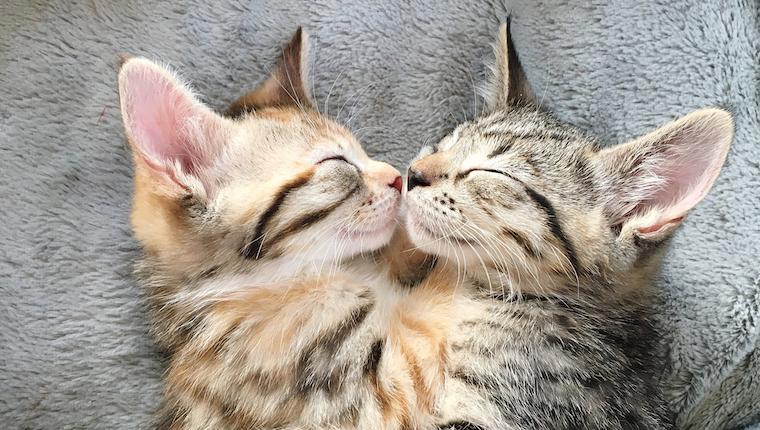Cats have a reputation for living life on their own terms, and most species are solitary creatures. But others, including lions and domestic cats, tend to live in groups. According to a new study, biological and evolutionary factors might explain cat cohabitation and why some are better at it than others.
How Hormones Affect Cats’ Behavior
In research published in the journal




